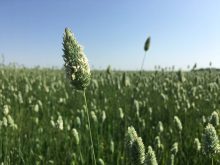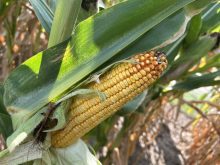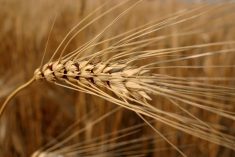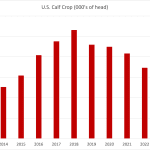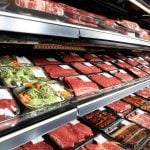The newspapers this winter were full of stories about the rising price of bread, pasta and pizza as grain prices rose.
This coming winter, the stories are likely to be about the high cost of steak and pork roast as the consumer price of meat climbs to accommodate high feed costs.
The high price of feed grain has meant livestock producers are losing money around the world. This has caused them to reduce their herds, which will eventually reduce the supply of meat.
Here is a selection of statistics showing the trend.
Read Also
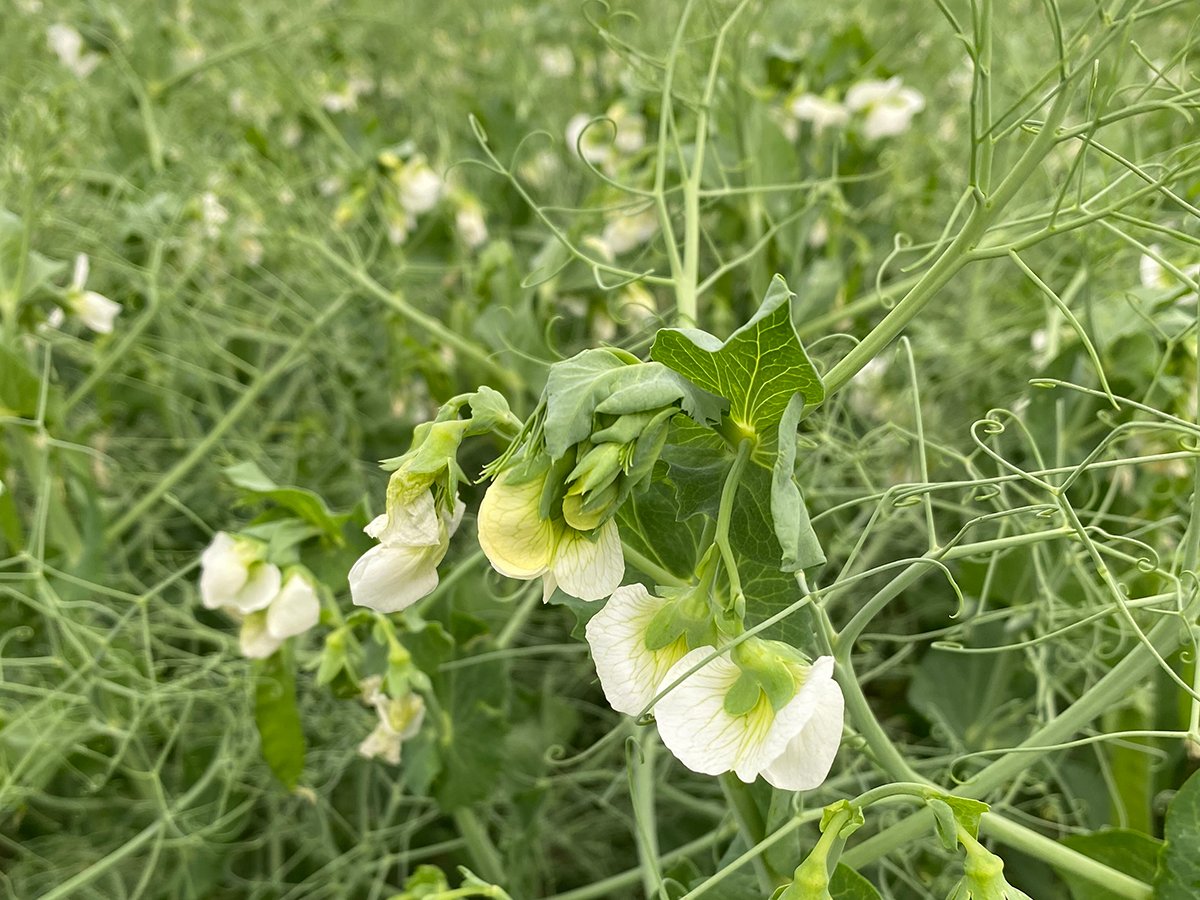
Pulse fractionation business expected to soon get a boost
Louis Dreyfus Company will soon be producing pea protein isolate at its new plant under construction in Yorkton
Canada’s hog herd saw a year-over-year decline of 11.7 percent as of April 1.
As of Jan. 1, the cattle herd was down 1.5 percent from the year before.
Also, there were only 920,000 cattle in feedlots in Alberta and Saskatchewan May 1, down about 10 percent from last year and the lowest number since the BSE crisis in 2004.
A devalued currency has helped the U.S. livestock industry, but herds are decreasing there, too.
U.S. inventory of all hogs and pigs on March 1 was 65.9 million head, up seven percent from March 1, 2007, but down two percent from Dec. 1, 2007. There is evidence that American producers are slowly reducing their sow numbers.
The number of U.S. cattle on feed May 1 was 11.135 million, down one percent from the year before and four percent down from 2006.
Across Europe, producers are reducing herds. The European Union breeding herd in December 2007 was down three percent from the year before.
Denmark, Europe’s largest pork exporter, has reduced the size of its sow herd by about 10 percent, and Britain is expected to cut its hog herd by the same amount this year.
China is starting to recover from its hog disease problems, and Reuters News Agency reports that an analyst with Beijing Orient Agribusiness Consultant Co. Ltd. estimated the Chinese hog herd will climb to more than 400 million head from 390 million head last year. However, that is still well down from 580 million in 2005 and 2006 before the outbreak of deadly blue ear diseases.
This also indicates that global meat supply will tighten through the year, and meat prices should rise.




